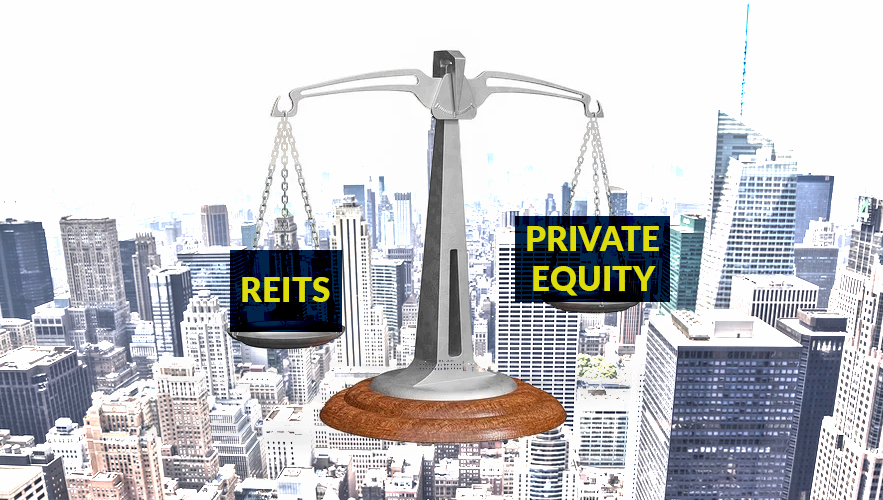
A traditional DRIP program is not easy to set up. While some companies offer their own programs they require that you buy shares through a broker in order to pay a fee. Then, you need to transfer your shares from your DRIP account. You may also need a stock certificate in certain cases.
Commission-free dividend reinvestment
Many stock-trading platforms offer commission-free dividend investment. Investors can reinvest dividends in the same stocks or ETFs without having to pay additional fees. This process can be slow. Your dividends may not arrive immediately. The process could take several days.
Scottrade FRIP offers more flexibility than other dividend-reinvestment plans. It allows you to select which stocks and ETFs are best for you. The dividends from eligible investments are put into an account that is not interest bearing. You can choose from up to five securities. The percentage you want to receive is your choice. If you are unsure, you can always change your mind.

Tax implications of dividend reinvestment
Dividend reinvestment is an effective way to invest your money and reduce your taxes. This can be achieved by purchasing additional shares of stock within your company or by using a transfer agency. This agent purchases additional stock for you, and then reinvests dividends. Dividend reinvestment is tax-efficient if your purchases are planned carefully.
Dividends are cash payments made to shareholders by corporations. They are paid by the corporation to its shareholders to attract investment. These payments may be subject to tax rules that are different from normal income tax rates. Dividend reinvestment is taxable, unless the shares are held in a tax-advantaged account.
Simple to set-up
DRIP investing is simple to set up. Online account setup is possible with most brokers. Before you can get started, it is a good idea to contact your broker. A lot of them will require that you pay a once-off set-up fee. Depending on which company you work for, you might have to pay additional fees to register your shares with the DRIP.
DRIPs allow you to set up your account to ensure that dividend payments are automatically reinvested in new shares. This type investment doesn't offer the same liquidity as regular shares. You will have to sell back your shares directly through the company. It is a great way to increase your money steady.

Flexible options
Drip investing is a flexible option that can provide steady income. These plans allow one to invest in company stock and keep a certain amount of capital. This option can either be offered through a brokerage company or third-party services provider. These plans will allow you to keep a part of your capital, and also automatically reinvest dividends. You can't trade your stock on the stock market with these plans. They have limited liquidity as a result.
While DRIP is a better option than market timing, it is not always a perfect solution for stock selection. For example, a stock like Caterpillar has outperformed the S&P 500 in the past year, but the rally is based on the expectation of massive tax reform and up to $1 trillion in new infrastructure spending. However, it has weak fundamentals. Additionally, the global mining slump is negatively impacting its earnings.
FAQ
What is the purpose of the Securities and Exchange Commission
The SEC regulates securities exchanges, broker-dealers, investment companies, and other entities involved in the distribution of securities. It enforces federal securities regulations.
How can people lose money in the stock market?
The stock market is not a place where you make money by buying low and selling high. You lose money when you buy high and sell low.
The stock market offers a safe place for those willing to take on risk. They may buy stocks at lower prices than they actually are and sell them at higher levels.
They hope to gain from the ups and downs of the market. But they need to be careful or they may lose all their investment.
How are share prices established?
Investors who seek a return for their investments set the share price. They want to earn money for the company. They purchase shares at a specific price. If the share price goes up, then the investor makes more profit. Investors lose money if the share price drops.
An investor's main objective is to make as many dollars as possible. This is why they invest into companies. This allows them to make a lot of money.
What are the benefits to investing through a mutual funds?
-
Low cost - buying shares directly from a company is expensive. It's cheaper to purchase shares through a mutual trust.
-
Diversification – Most mutual funds are made up of a number of securities. If one type of security drops in value, others will rise.
-
Professional management - professional managers make sure that the fund invests only in those securities that are appropriate for its objectives.
-
Liquidity - mutual funds offer ready access to cash. You can withdraw your money at any time.
-
Tax efficiency: Mutual funds are tax-efficient. Because mutual funds are tax efficient, you don’t have to worry much about capital gains or loss until you decide to sell your shares.
-
Purchase and sale of shares come with no transaction charges or commissions.
-
Mutual funds can be used easily - they are very easy to invest. All you need is a bank account and some money.
-
Flexibility: You can easily change your holdings without incurring additional charges.
-
Access to information: You can see what's happening in the fund and its performance.
-
You can ask questions of the fund manager and receive investment advice.
-
Security - You know exactly what type of security you have.
-
Control - You can have full control over the investment decisions made by the fund.
-
Portfolio tracking allows you to track the performance of your portfolio over time.
-
Easy withdrawal - You can withdraw money from the fund quickly.
What are the disadvantages of investing with mutual funds?
-
Limited selection - A mutual fund may not offer every investment opportunity.
-
High expense ratio. The expenses associated with owning mutual fund shares include brokerage fees, administrative costs, and operating charges. These expenses will reduce your returns.
-
Lack of liquidity - many mutual fund do not accept deposits. They must be bought using cash. This limits the amount that you can put into investments.
-
Poor customer support - customers cannot complain to a single person about issues with mutual funds. Instead, you should deal with brokers and administrators, as well as the salespeople.
-
Ridiculous - If the fund is insolvent, you may lose everything.
Are bonds tradeable
Yes, they are. Bonds are traded on exchanges just as shares are. They have been trading on exchanges for years.
The main difference between them is that you cannot buy a bond directly from an issuer. You must go through a broker who buys them on your behalf.
Because there are fewer intermediaries involved, it makes buying bonds much simpler. You will need to find someone to purchase your bond if you wish to sell it.
There are several types of bonds. Different bonds pay different interest rates.
Some pay interest every quarter, while some pay it annually. These differences allow bonds to be easily compared.
Bonds are very useful when investing money. In other words, PS10,000 could be invested in a savings account to earn 0.75% annually. You would earn 12.5% per annum if you put the same amount into a 10-year government bond.
If you put all these investments into one portfolio, then your total return over ten-years would be higher using bond investment.
Statistics
- US resident who opens a new IBKR Pro individual or joint account receives a 0.25% rate reduction on margin loans. (nerdwallet.com)
- Individuals with very limited financial experience are either terrified by horror stories of average investors losing 50% of their portfolio value or are beguiled by "hot tips" that bear the promise of huge rewards but seldom pay off. (investopedia.com)
- Ratchet down that 10% if you don't yet have a healthy emergency fund and 10% to 15% of your income funneled into a retirement savings account. (nerdwallet.com)
- For instance, an individual or entity that owns 100,000 shares of a company with one million outstanding shares would have a 10% ownership stake. (investopedia.com)
External Links
How To
How to Invest in Stock Market Online
Investing in stocks is one way to make money in the stock market. There are many ways you can invest in stock markets, including mutual funds and exchange-traded fonds (ETFs), as well as hedge funds. The best investment strategy is dependent on your personal investment style and risk tolerance.
Understanding the market is key to success in the stock market. This involves understanding the various types of investments, their risks, and the potential rewards. Once you have a clear understanding of what you want from your investment portfolio you can begin to look at the best type of investment for you.
There are three main types: fixed income, equity, or alternatives. Equity refers to ownership shares in companies. Fixed income refers to debt instruments such as bonds and treasury notes. Alternatives are commodities, real estate, private capital, and venture capital. Each category has its own pros and cons, so it's up to you to decide which one is right for you.
There are two main strategies that you can use once you have decided what type of investment you want. The first is "buy and keep." This means that you buy a certain amount of security and then you hold it for a set period of time. Diversification, on the other hand, involves diversifying your portfolio by buying securities of different classes. By buying 10% of Apple, Microsoft, or General Motors you could diversify into different industries. Multiplying your investments will give you more exposure to many sectors of the economy. Because you own another asset in another sector, it helps to protect against losses in that sector.
Risk management is another important factor in choosing an investment. Risk management will allow you to manage volatility in the portfolio. If you are only willing to take on 1% risk, you can choose a low-risk investment fund. A higher-risk fund could be chosen if you're willing to accept a risk of 5%.
Learn how to manage money to be a successful investor. You need a plan to manage your money in the future. A plan should address your short-term and medium-term goals. It also needs to include retirement planning. This plan should be adhered to! Do not let market fluctuations distract you. Stay true to your plan, and your wealth will grow.